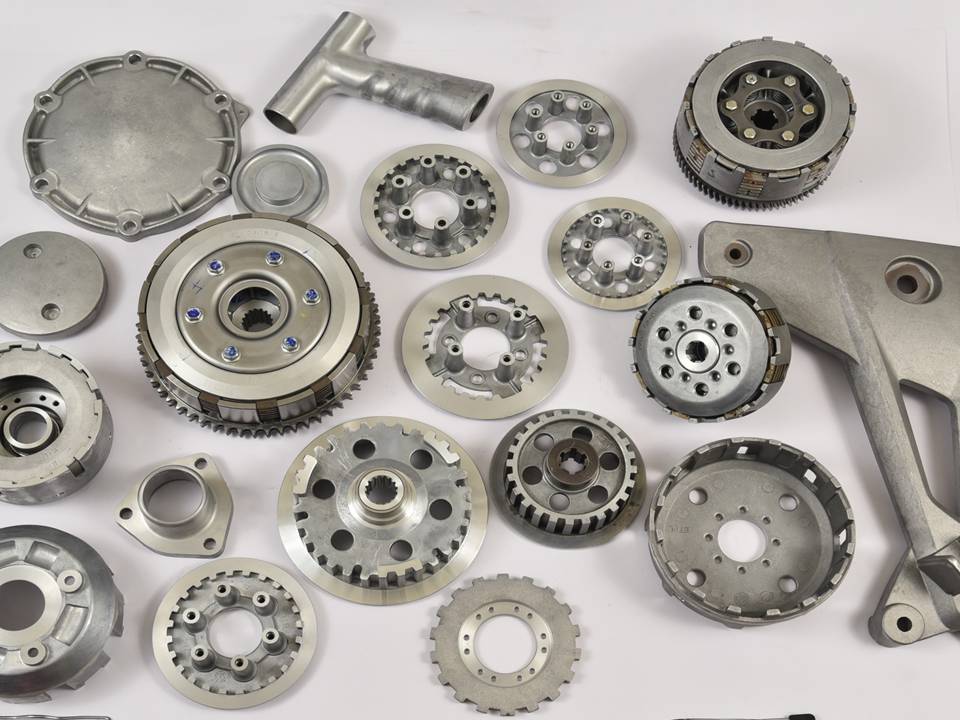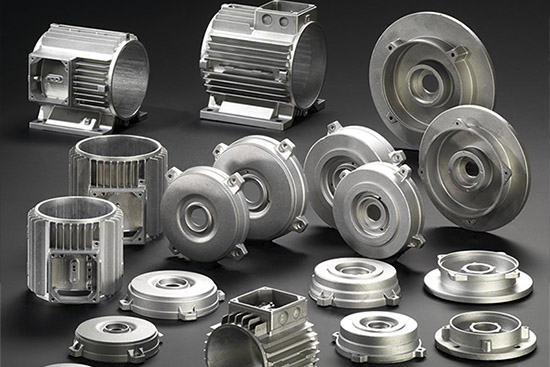The Precision Craft of Diecasting: Revolutionizing Manufacturing
The Precision Craft of Diecasting: Revolutionizing Manufacturing
Blog Article
Diecasting is an essential process in modern manufacturing, playing the most important role in making intricate metal components with accuracy and efficiency. The process involves pushing molten metal under high pressure into a mold, creating parts with exceptional dimensional accuracy and high surfaces. As industries evolve and demands for quality components rises, diecasting has continued to be a valuable tool especially in industries that require large-scale production of complex parts. This article delves into the diecasting process along with its pros and cons, various material choices, and its extensive use across different sectors.
The process of diecasting starts with the preparation of high-quality steel molds, also referred to dies, which are designed to withstand the intense pressures and temperature of the molten metal. Dies are carefully designed to take in intricate details and maintain tight tolerances, and ensure that each part is in compliance with the specific requirements of design. When casting is performed, metallic components like aluminum magnesium, zinc, as well as copper are heated and put into the die under high pressures. This quick injection, and its subsequent cooling creates parts with excellent dimension stability as well as a smooth top finish. The precision of the dies allow for the development of parts with intricate geometries that are usually impossible using other processes of manufacture.
One of the most significant advantages that diecasting has is its efficacy in the production of mass quantities. When the dies are made it can be repeated hundreds or thousands instances with very little variation between pieces. This high repeatability is crucial in industries that need large amounts of the same components. Additionally, diecasting is known for its material efficiency. Diecasting produces lesser waste than other techniques for forming metal since excess metal is able to be recycled and reused. This not only reduces material costs but also contributes to more sustainable manufacturing methods. The combination of efficiency, speed, as well as material efficiency make diecasting an appealing solution for manufacturing large quantities.
Diecasting is also a great option for mechanical properties. The components that are made by diecasting usually exhibit excellent strength and durability due to the fine-grain structure formed during the rapid cooling process of the molten metal. This makes diecast parts optimal for those applications that require high performance and reliability. Additionally, it allows the use of slim walls and complex elements but without degrading the structural strength. This feature is especially useful in aerospace and automotive sectors, where the ability to reduce weight but maintaining strength is essential. The ability to produce lightweight, yet strong components can improve the efficiency of fuel and performance in vehicles and aircraft. To receive supplementary information please look at this site
Diecasting materials are crucial in determining the properties and performance of the final product. Aluminum is among the most popular materials used due to its excellent strength-to-weight ratio, its resistance to corrosion as well as its excellent electrical and thermal conductivity. Zinc alloys are also popular, offering high strength, ductility, as well as the capability to create pieces with intricately detailed details. Magnesium alloys have the benefit of being the lightest structural metal. This makes them perfect for use in areas that require weight reduction. Copper alloys, although more rare, are employed due to their high electrical conductivity and resistance to corrosion. The choice of material depends on the particular requirements of the application, including the mechanical properties, environmental conditions, and cost issues.
Diecasting is an important manufacturing method that is able to combine precision, efficiency, and versatility. Its capacity to manufacture complicated, high-end components that have outstanding mechanical properties make it indispensable in many industries. The effectiveness of diecasting when it comes to mass production, with its cost and material benefits, justifies its significance in the modern world of manufacturing. In the era of high-performance and reliable parts continues to expand, diecasting is the foundational technology for innovation and enabling the production of advanced products that meet the ever-changing demands of the market. Through its continued development and application diecasting is an example of combination of engineering expertise and manufacturing proficiency, cementing its place in the future of manufacturing.